Site archéologique d'Al Mina
Description
Caractéristiques et classifications
Tous les avis (0)



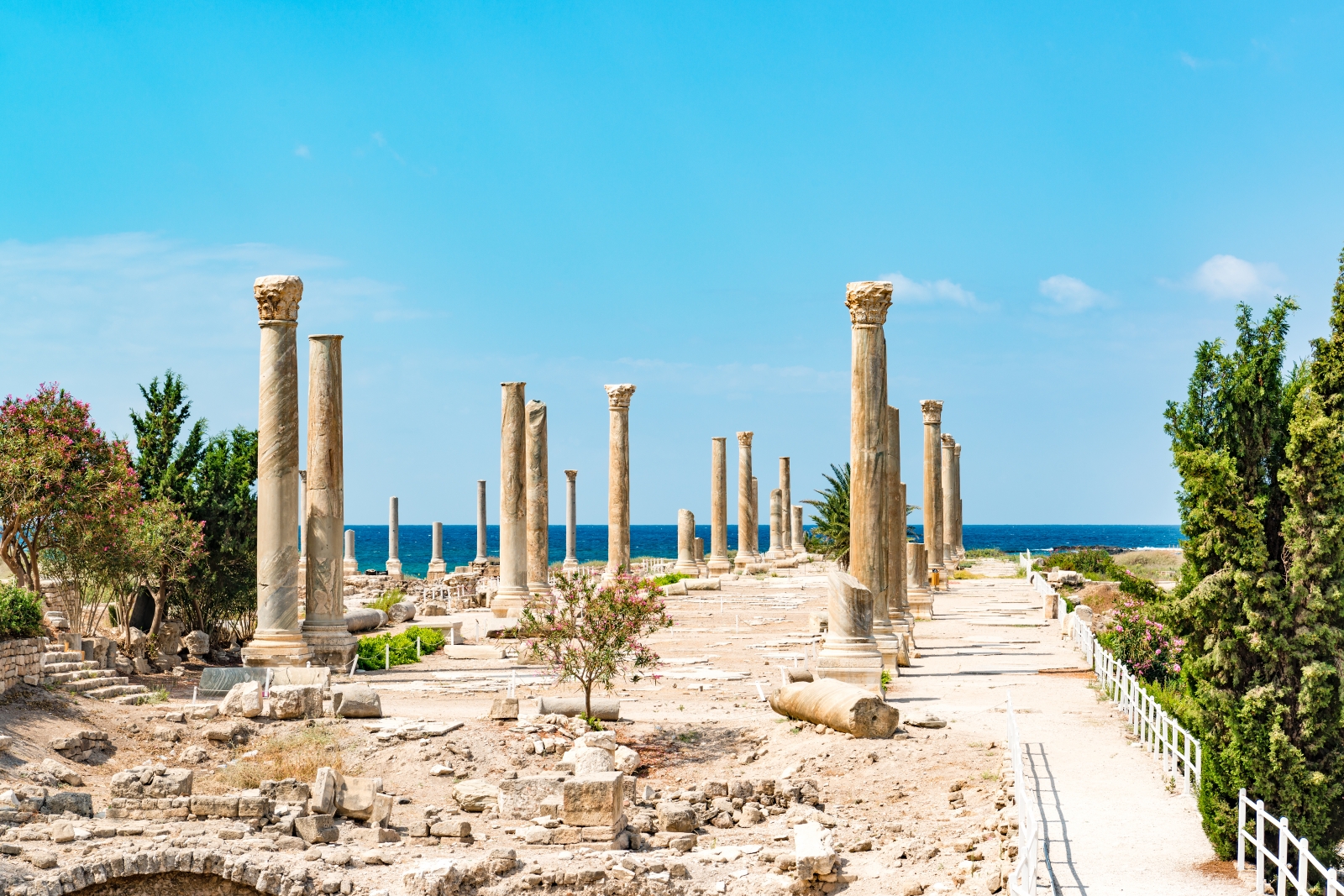
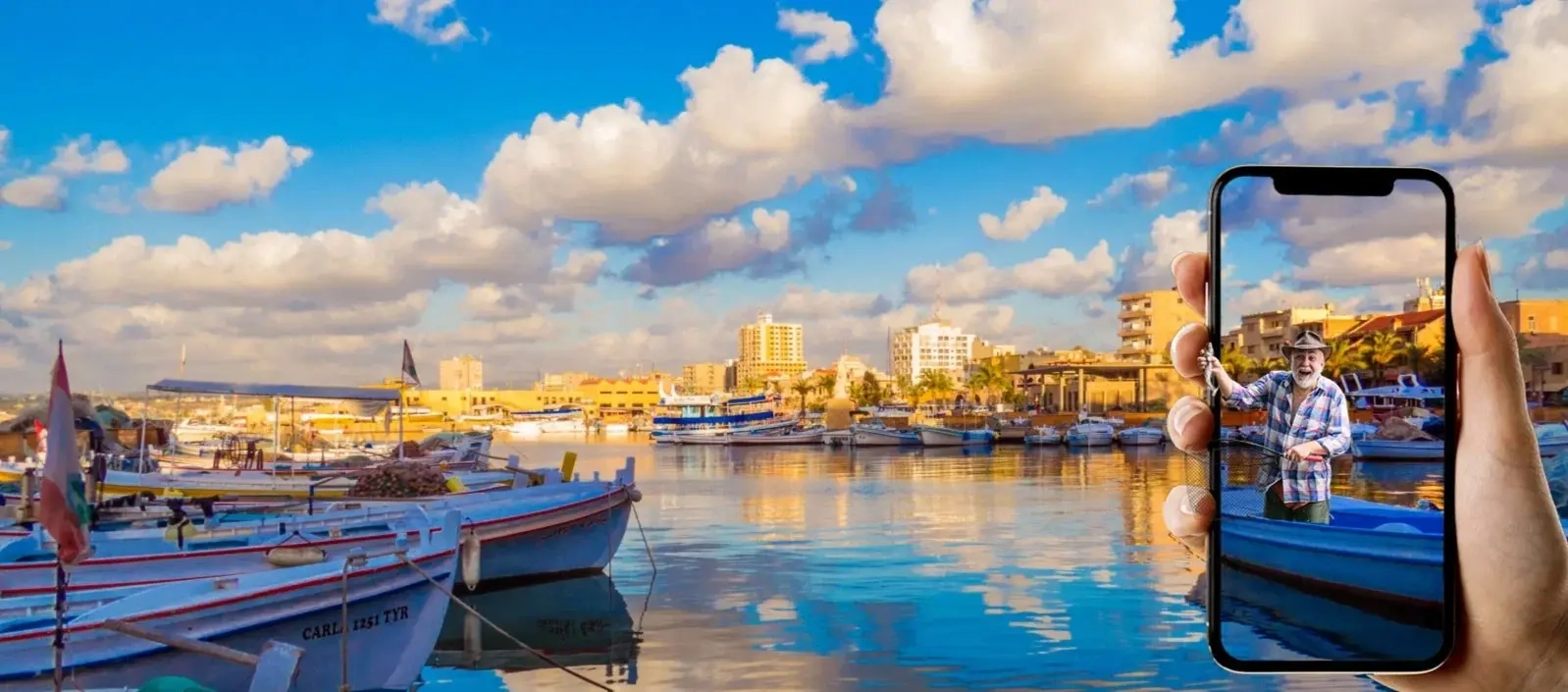


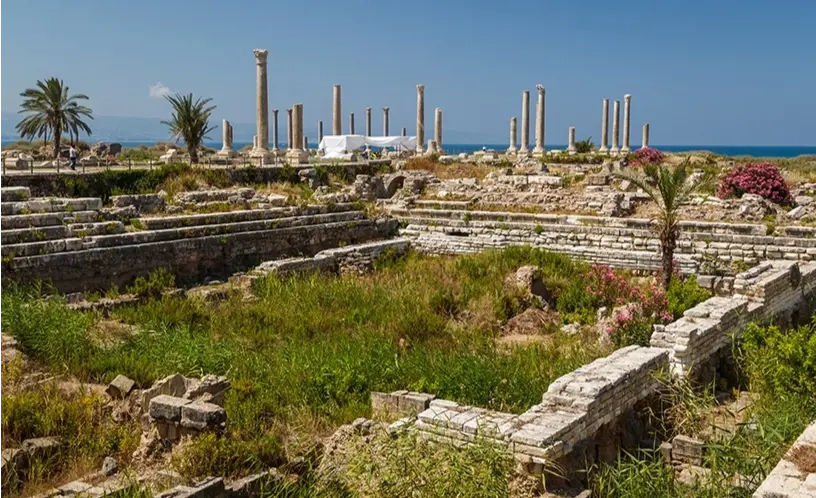
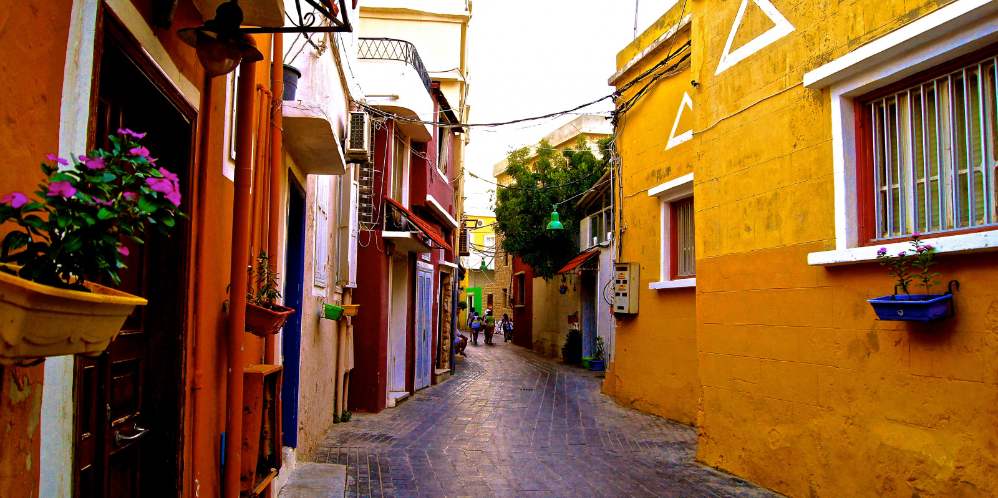




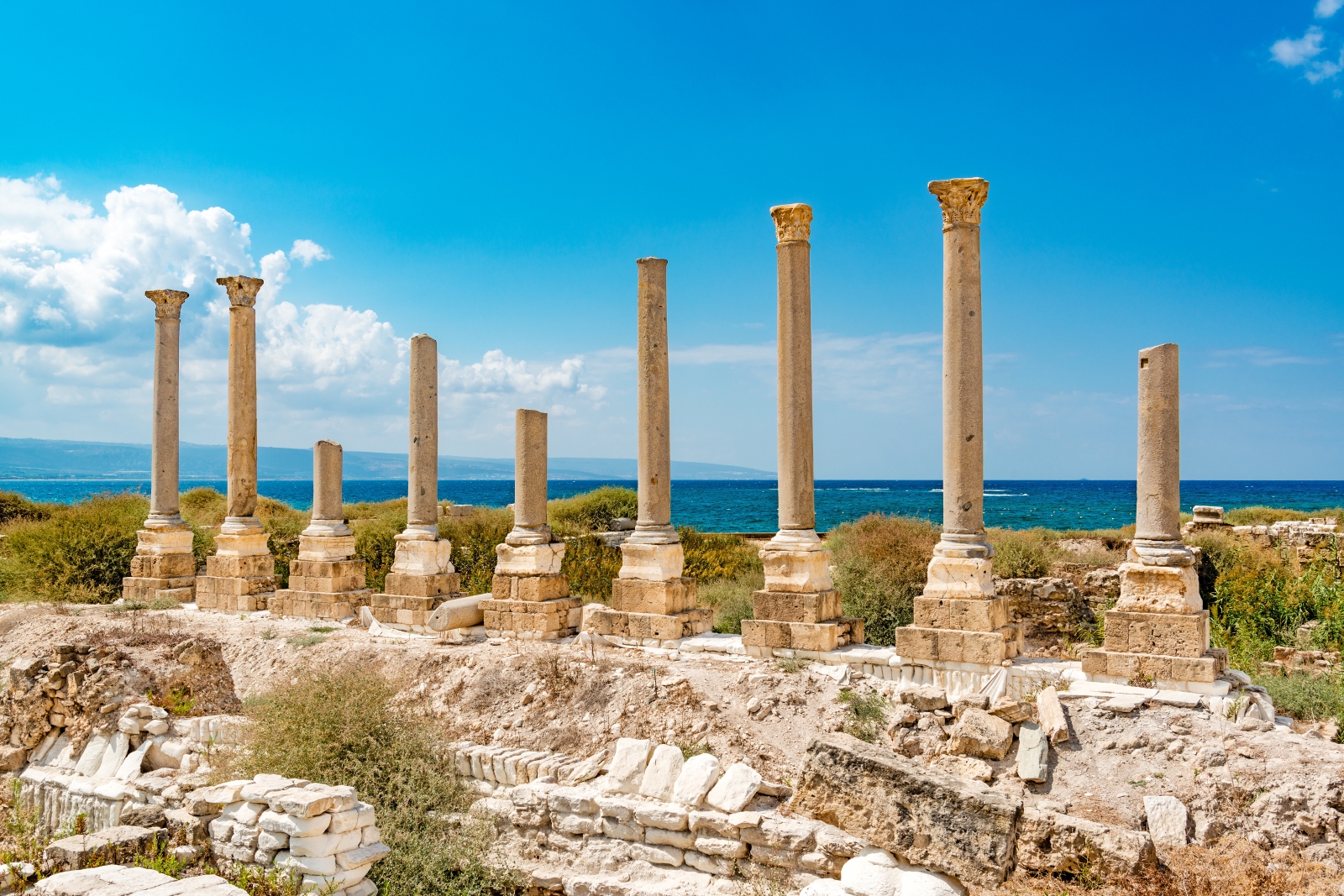

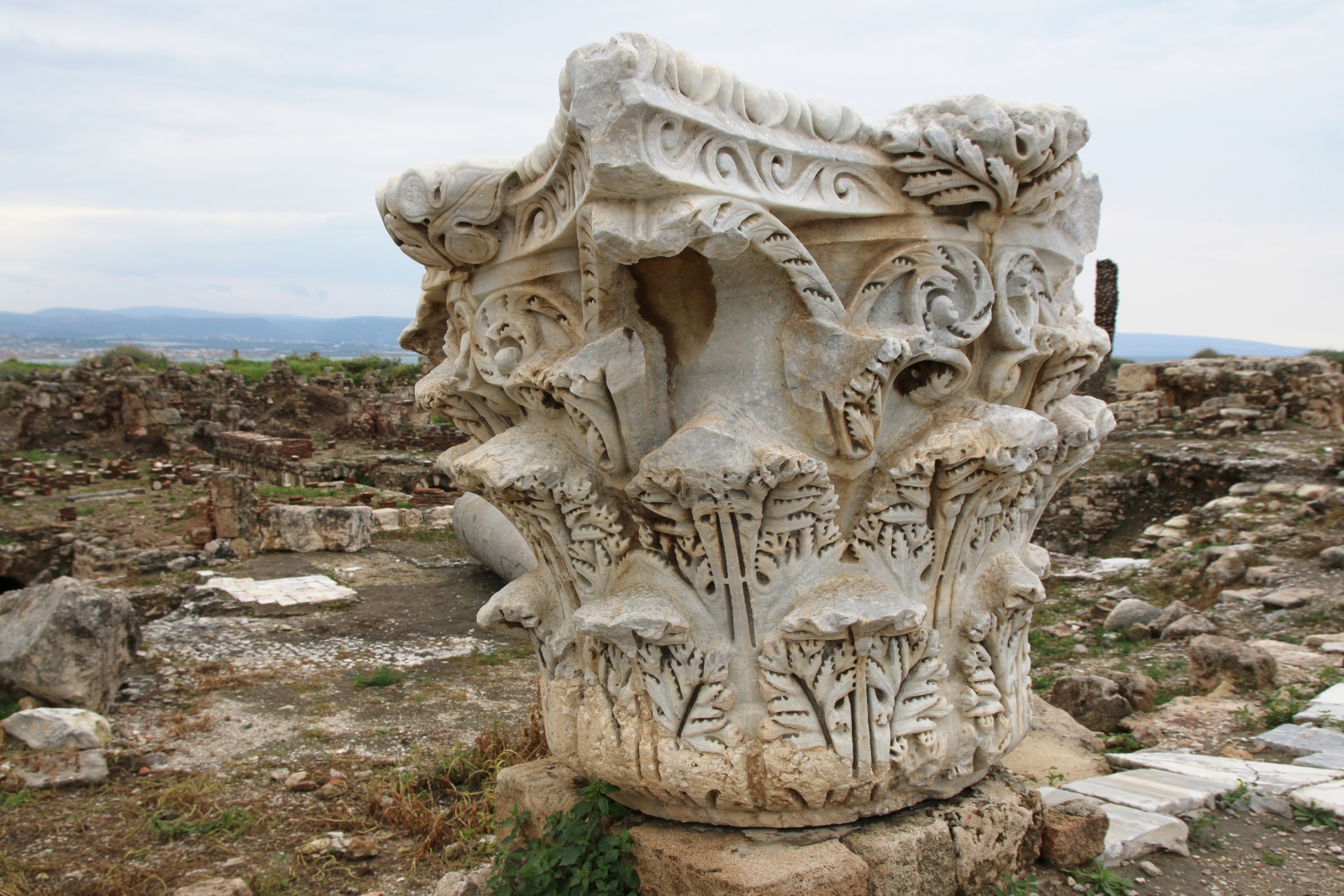
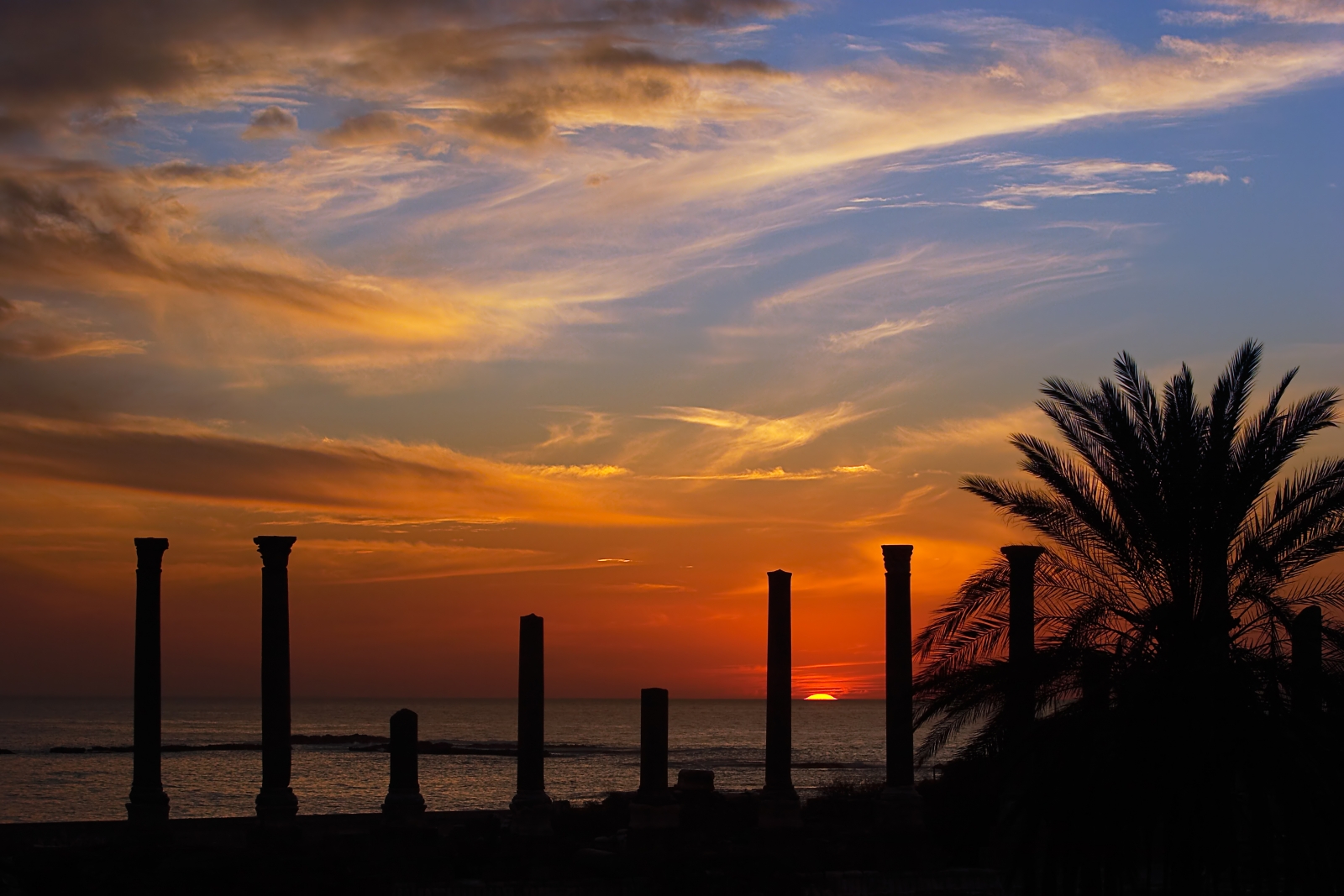
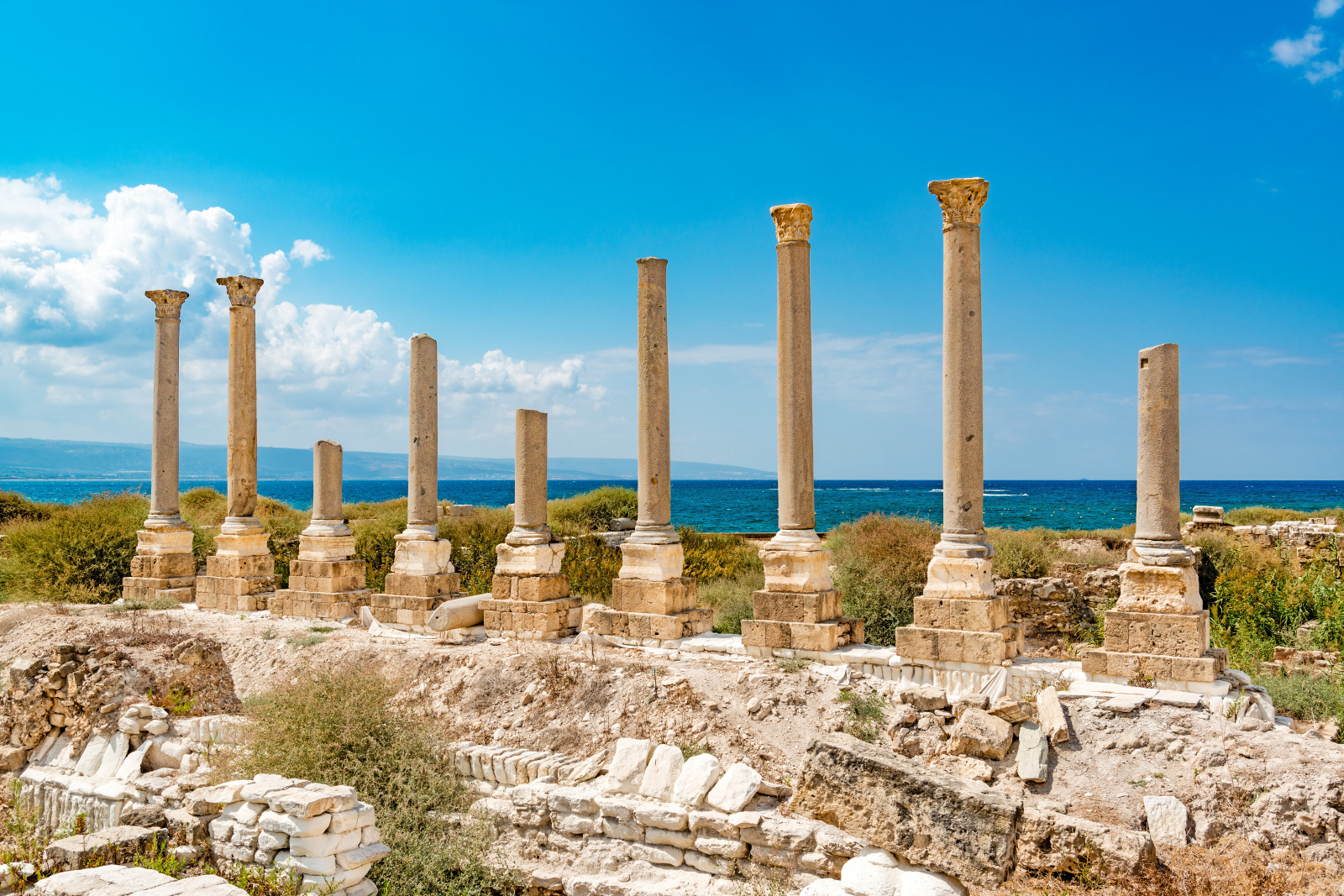
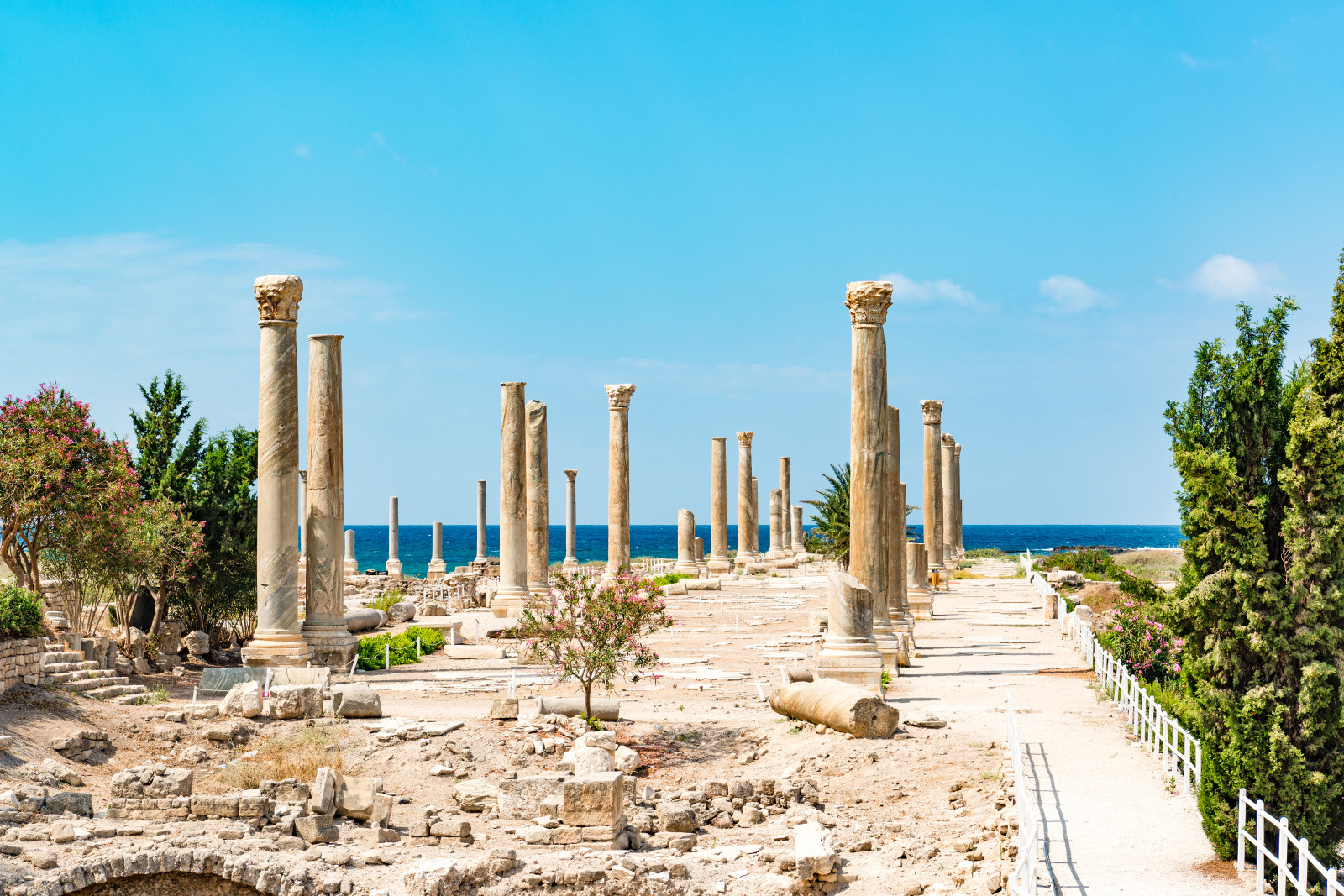
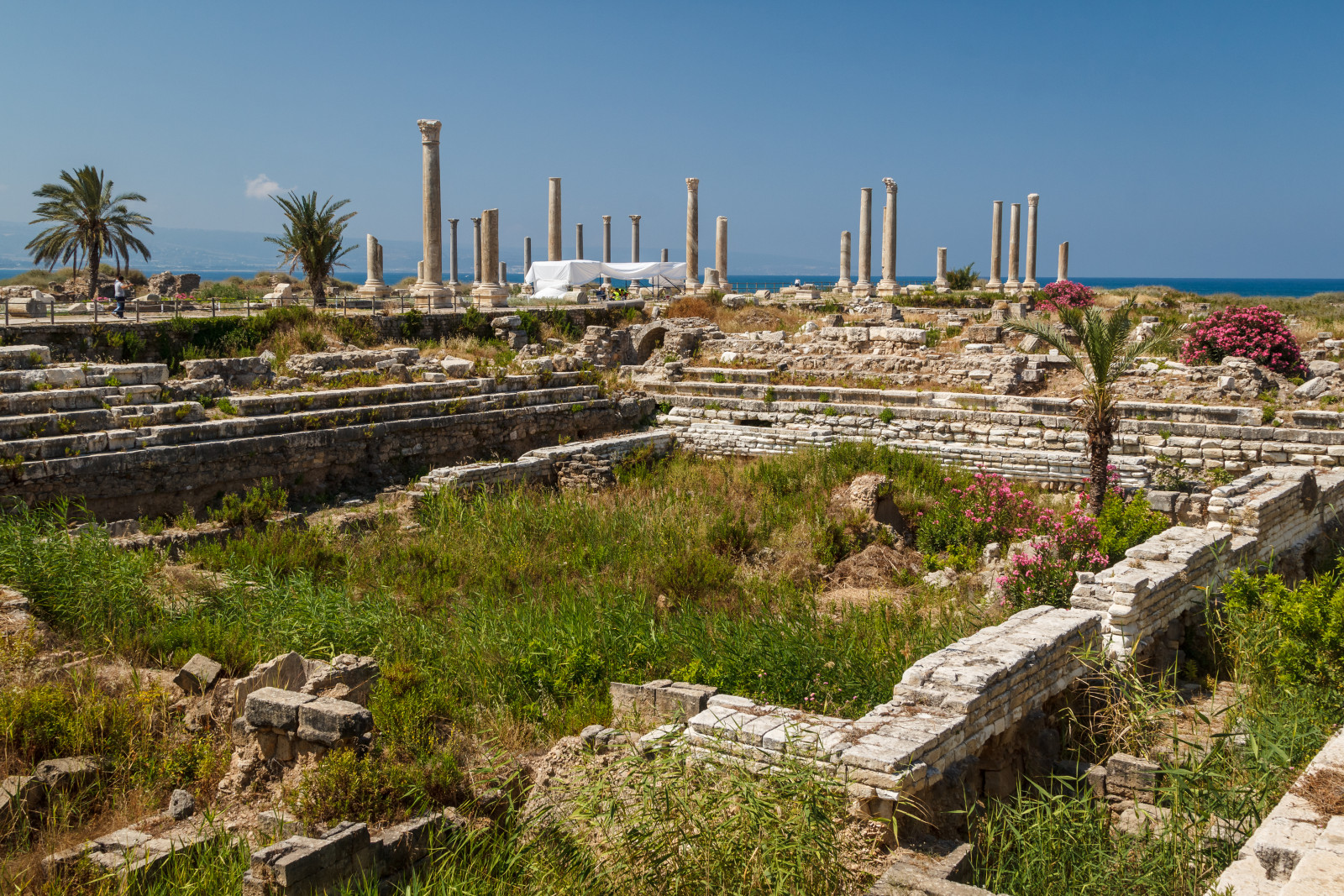
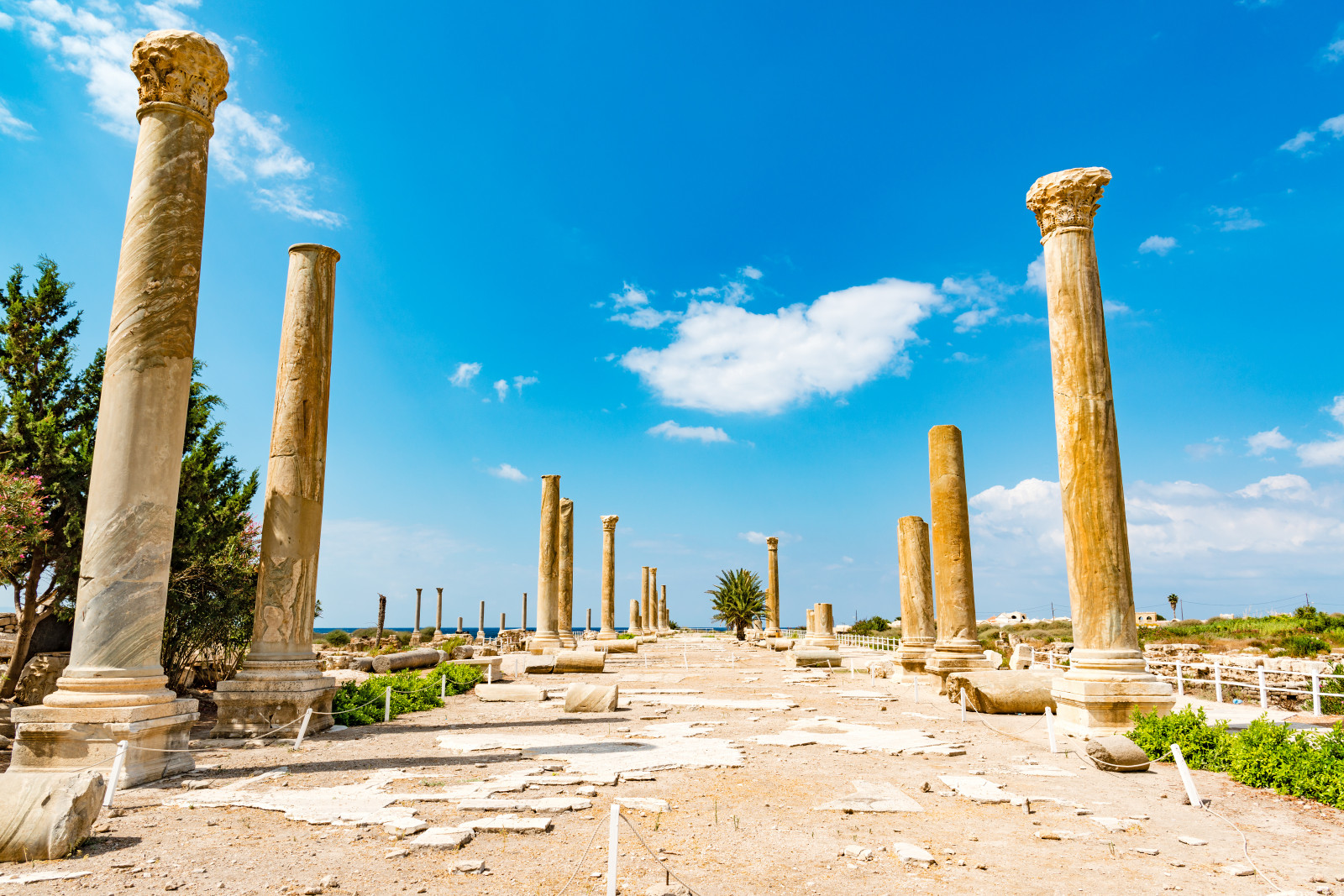
AccueilWIKIMOOVCulture & Patrimoine Leaflet

Cathédrale des croisés de Tyr

Mosaic Road - Al Mina Site

Public Baths - Al Mina Site

The Arena - Al Mina Site

Visite guidée de Tyr - Entre splendeurs antiques et charme méditerranéen

Le site d’Al Mina à Tyr : Mosaïques, colonnes et mémoire de la mer
Accès BusinessRejoindre MOOVTOOVous êtes un guide touristique ?Devenez Hôte MOOVTOOJ'ai lu et j'accepte la politique de confidentialité de MOOVTOO Qui sommes-nousPartenairesContactez-nousFAQMentions légalesPolitique de protection des donnéesCGU - CGVConsulter notre politique de confidentialité
Qui sommes-nousPartenairesContactez-nousFAQMentions légalesPolitique de protection des donnéesCGU - CGVConsulter notre politique de confidentialité